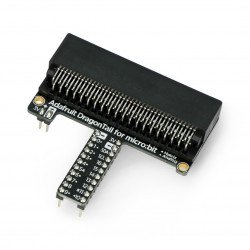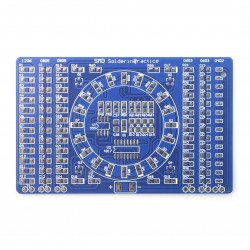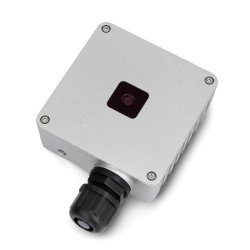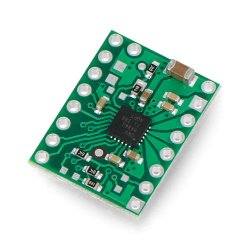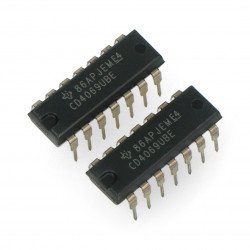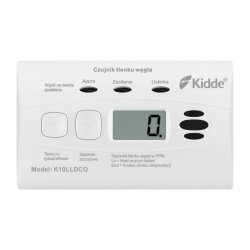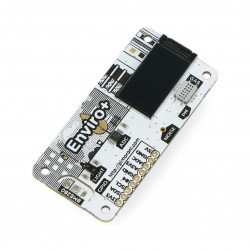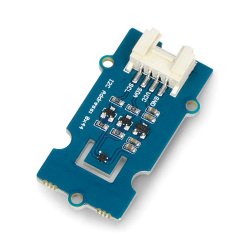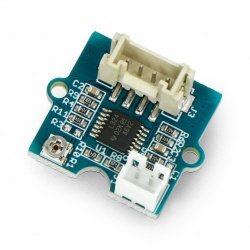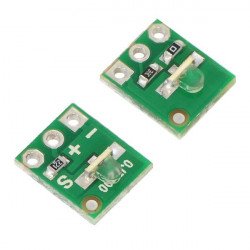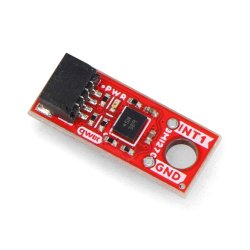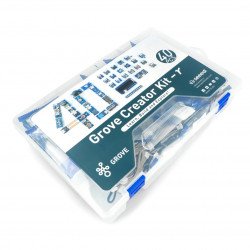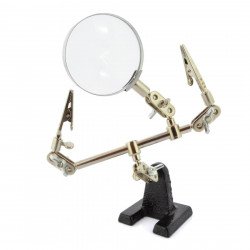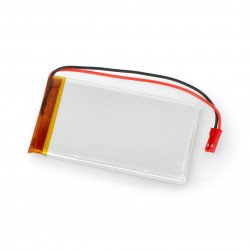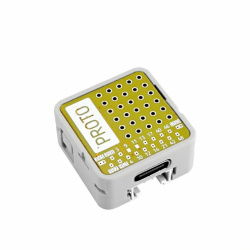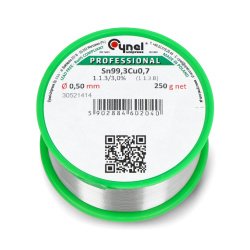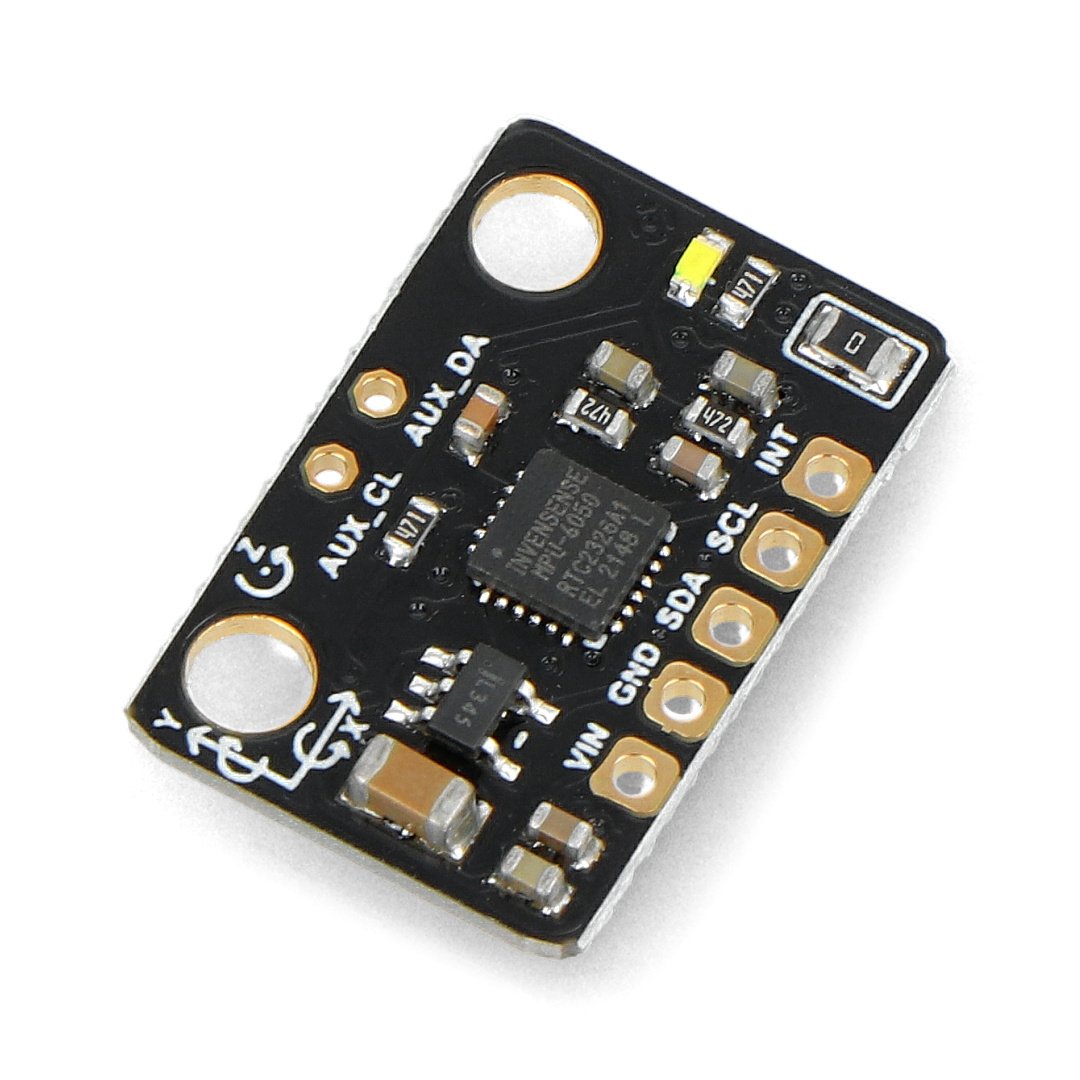Changes in the approach to ecology meant that the subject of environmental protection also burst into the area of electronics. The gradual withdrawal of subsequent harmful substances (mainly heavy metals) as part of the implementation of successive versions of the RoHS directive resulted in a very strong limitation of the scope of legal applicability of solders based on tin and lead (Sn60Pb40). They have been replaced with much more modern materials, in which tin occupies about 99% of the weight of the alloy, and the rest are admixtures of other metals (usually copper and silver). What is important - although the initial versions of lead-free solder caused considerable difficulties for engineers, the development in the field of the alloys themselves, as well as the fluxes used with them, meant that today RoHS-compliant soldering is no different (except temperature) from working with "lead tin". .
Lead free tin
Soldering tin in tube Cynel LC99 EVO 14g/1mm - lead-free
Solder tin with EVO flux placed in a plastic vial. The composition of the alloy is Sn99Cu0.7Ag0.3 and it does not contain lead , making it safer for the user. The weight...Soldering tin in tube Cynel LC99,3 SW26 14g/1mm - lead-free
Lead-free solder placed in a plastic vial. The composition of the alloy is Sn99.3Cu0.7 . The vial contains 14 g of material with a diameter of 1 mm . Halide flux SW26...Solder Cynel LC99,3 SW26 100g/1mm - lead-free
Lead -free solder with SW26 flux. The composition of the alloy is Sn99.3Cu0.7 . The weight of the material wound on a plastic spool is 100 g and its diameter is 1 mm ....Solder Cynel LC99.3 100g/0,7mm - lead-free
Lead-free solder with flux 1.1.3 . The composition of the alloy is Sn99.3Cu0.7 . The plastic spool contains 100 g of material with a diameter of 0.7 mm . The melting...Solder Cynel LC99 100g/0,56mm - lead-free
Lead- free solder with flux 1.1.3 . The composition of the alloy is Sn99Cu0.7Ag0.3 . The weight of the product wound on a plastic spool is 100 g and its diameter is...Solder Cynel LC99.3 250g/0,7mm - lead-free
Lead- free solder tin containing flux 1.1.3 . The composition of the alloy is Sn99.3Cu0.7 . The product will be used in the electronics industry, both for professional and...Solder Cynel LC99.3 100g/0,56mm - lead-free
Lead-free solder with flux 1.1.3 . The composition of the alloy is Sn99.3Cu0.7 . The weight of the material wound on a plastic spool is 100 g and its diameter is 0.56 mm...Solder Cynel LC99,3 SW26 250g/1,5mm - lead-free
Cynel's lead -free solder. The composition of the alloy is Sn99.3Cu0.7 . The binder contains a halide flux SW26 , which ensures very good solderability. The material will...Solder Cynel LC99.3 100g/0,5mm - lead-free
Lead- free solder tin containing flux 1.1.3 . The composition of the alloy is Sn99.3Cu0.7 . The product will be used in the electronics industry, both for professional and...Solder Cynel LC99,3 SW26 100g/2,5mm - lead-free
Cynel's lead -free solder. The composition of the alloy is Sn99.3Cu0.7 . The binder contains a halide flux SW26 , which ensures very good solderability. The material will...Solder Cynel LC99,3 SW26 100g/3mm - lead-free
Cynel's lead -free solder. The composition of the alloy is Sn99.3Cu0.7 . The binder contains a halide flux SW26 , which ensures very good solderability. The material will...Solder Cynel LC99.3 100g/1mm - lead-free
Lead- free solder with flux 1.1.3 . The product is wound on a plastic spool. Its weight is 100 g and its diameter is 1 mm . The composition of the alloy is Sn99.3Cu0.7...Soldering tin in tube Cynel LC99,3 SW26 10g/1mm - lead-free
10 g of solder with a diameter of 1 mm placed in a plastic vial. The composition of the alloy is Sn99.3Cu0.7 , which means that it does not contain lead and is safer for...Solder Cynel LC99,3 SW26 250g/2mm - lead-free
Cynel's lead -free solder. The composition of the alloy is Sn99.3Cu0.7 . The binder contains a halide flux SW26 , which ensures very good solderability. The material will...Solder Cynel LC99 100g/1mm - lead-free
Lead-free solder with flux 1.1.3 . The weight of the product is 100 g and its diameter is 1 mm . The composition of the alloy is Sn99Ag0.3Cu0.7 . The melting point of...Solder Cynel LC99,3 SW26 250g/3mm - lead-free
Cynel's lead -free solder. The composition of the alloy is Sn99.3Cu0.7 . The binder contains a halide flux SW26 , which ensures very good solderability. The material will...Solder Cynel LC99 100g/0,7mm - lead-free
Lead- free solder with flux 1.1.3 . The composition of the alloy is Sn99Cu0.7Ag0.3. 100 g of product with a diameter of 0.7 mm is wound on a spool. It will be perfect...Solder Cynel LC99.3 250g/0,25mm - lead-free
Lead- free solder tin containing flux 1.1.3 . The composition of the alloy is Sn99.3Cu0.7 . The product will be used in the electronics industry, both for professional and...- Reduced price
- Promotion
Solder Cynel LC99.3 250g/0,56mm - lead-free
Lead- free solder tin containing flux 1.1.3 . The composition of the alloy is Sn99.3Cu0.7 . The product will be used in the electronics industry, both for professional and...Solder Cynel LC99,3 SW26 100g/1,5mm - lead-free
Cynel's lead -free solder. The composition of the alloy is Sn99.3Cu0.7 . The binder contains a halide flux SW26 , which ensures very good solderability. The material will...Solder Cynel LC99,3 SW26 100g/0,6mm - lead-free
Solder tin without the addition of lead . SW26 halogen flux is designed for lead-free soldering. The product will be used in the electronics industry, both for professional...Solder Cynel LC99,3 SW26 100g/0,7mm - lead-free
Lead- free solder with SW26 flux. The composition of the alloy is Sn99.3Cu0.7 . The weight of the material wound on a plastic spool is 100 g and its diameter is 0.7 mm...Solder Cynel LC99.3 250g/0,38mm - lead-free
Lead- free solder tin containing flux 1.1.3 . The composition of the alloy is Sn99.3Cu0.7 . The product will be used in the electronics industry, both for professional and...- Reduced price
- Promotion
Solder Cynel LC99.3 250g/0,5mm - lead-free
Lead- free solder tin containing flux 1.1.3 . The composition of the alloy is Sn99.3Cu0.7 . The product will be used in the electronics industry, both for professional and...Lead solders vs. lead-free - similarities and differences
Soft soldering in electronic applications is based on connecting two elements (usually component leads with a PCB pad) using a relatively low-melting metal alloy. These conditions are met both by alloys based on tin and lead, as well as their lead-free versions (e.g. Sn99Cu0.7Ag0.3). In the case of the latter, however, the melting point is higher by about 30...40 o C, so the actual temperature of the tip, enabling effective soldering, must also be significantly higher. A different material also means differences in the appearance of solders - in the past, properly made connections could be recognized by their almost mirror surface, and any matting testified to problems (e.g. overheating of tin or lack of flux, and in extreme cases it could even be signaled by the so-called cold solders) . Today, the situation has changed a bit - the surface of lead-free solders reflects light slightly worse as standard, so more attention should be paid to the correctness of the soldering process itself. What's more - a higher tip temperature also means a greater risk of thermal damage to electronic components or a printed circuit board, so before switching to RoHS-compliant assembly, it is worth practicing working with modern solder on universal boards or self-assembly kits.
Lead-free tins in the Botland offer
We offer a large selection of soldering materials for various applications. We offer lead-free tin of the renowned Polish brand Cynel in spools with a net weight of 100g in the following diameters: 0.56 mm, 0.6 mm, 0.7 mm and 1 mm, as well as in vials with a net weight of 14 g and a wire diameter of 1, 0 mm. Check also the other materials and equipment for fitters and service technicians available in the Soldering category: fluxes, soldering braids and pastes, suction cups, tips, cleaners and sponges, ESD accessories and many others.






















